Bearded dragons make an excellent addition as a pet to any family especially should you have kids that want a reptile because bearded dragons have a a breeze going attitude. They are great for beginners and are becoming very well liked as pets, but dragons are a serious commitment and do call for some special care. For a bearded dragon to live a prolonged healthy life, it needs a proper enclosure and a proper diet regime
Before you even choose a bearded dragon, you need to set up the enclosure and make sure it is getting ready to go before you bring the bearded dragon home. Baby dragons can be housed in a 20-30 gallon enclosure and adult dragons should be housed in at least a 40 gallon breeder enclosure. Now dragons expand fast, so I just bought the 40 gallon breeder to lower your expenses from buying two different enclosures. You need to use a screen top to deliver air circulation and to let the humidity out. Dragons are from the desert region and need any humidity in their enclosure.
Along with choosing the appropriate enclosure, bearded dragons also need special lighting. They are diurnal lizards and require twelve to fourteen hours of UVB light every day to process calcium and vitamin D3. The best way to supply to them this lighting is taking them outside and let them enjoy sunshine. It can be difficult to provide this all the time, so that you can use a UVB fluorescent tube as long as the bearded dragon could get within five to six inches of it and the UV rays are certainly not going through glass because glass will reflect the UV rays and help it become useless for the bearded dragon. The UVB in the fluorescent tubes does run out and you will need to replace the tube every four to six months. You know it can be time to replace it the bulb when your bearded dragon is scaling down and is not as active as he/she usually is.
As with some other reptile, bearded dragons can't digest their food without heat. A dragon's basking location should range between 100-110 degrees farenheight for baby bearded dragons for you to sub-adults and 95-100 degrees Fahrenheit for adults. You can provide this which has a regular 75 watt house bulb. The cool side of the cage must be around 85 degrees farenheight. It is very important to have a warm and cool side because dragons should thermo regulate their body temperature. At night time, temperatures can drop to 65 degrees farenheight but not below that. It is very essential that you never use heat rocks because they will burn your bearded monster. Dragons sense heat using the top of their heads and heat rocks only provide heat thus to their belly. A dragon will never know if it is too hot all of which will just sit there, even if it is burning him/her.
The last two things you will want for a bearded dragon's enclosure is substrate and decoration. For newborn dragons, it is best to use paper towels, newspaper, or repti-carpet because they poop a lot in fact it is easier to clean up poop on these substrates. As they accomplish adult hood, you can use play sand but I prefer to hold using repti-carpet. You do not want to use sand for baby dragons given that they can get compacted from it. Sand is not the only thing which could cause compaction, any loose substrate can cause it. You will also need some decoration inside cage. You do not need much, you only need a side branch, or something similar, so a dragon can get close to the heat and UVB light and a cave on the cool side in the cage.
Now that your dragon's enclosure is finished, you need to discover how to feed your dragon. Bearded dragons are omnivores so there is various live food items that you can feed to your dragon. Some food items are healthier than others. The healthiest food you could feed for a dragon are crickets. An alternative to crickets are super worms. The rule for feeding live food for a bearded dragons is the width of the food item should be no bigger than the width between your dragon's eyes. If it is larger when compared with your dragon's eyes, it could cause impaction. You can also feed your dragon mealworms and wax worms as being a treat. You should feed a baby dragon three times a morning, a sub-adult two times a day, and an adult once some other day. Do not feed wild bugs because they could have parasites or pesticides which could harm or kill your dragon.

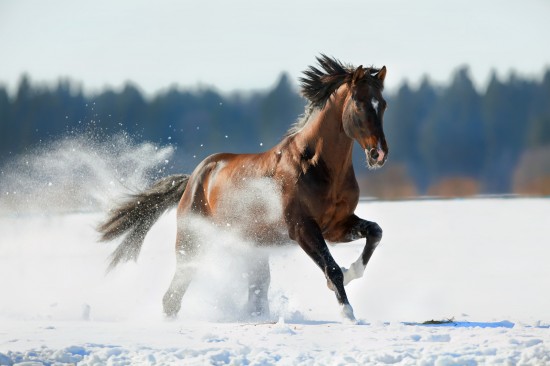 Getting Your Horse Ready For Winter
Getting Your Hors
Getting Your Horse Ready For Winter
Getting Your Hors
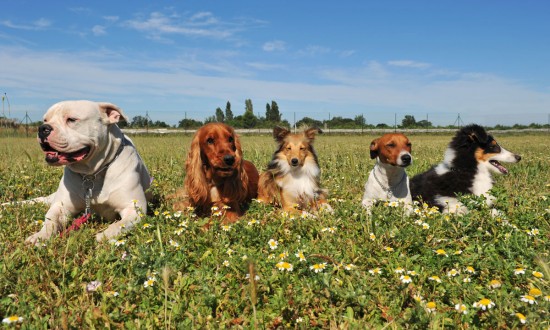 Responsible Pet Ownership - How Many Pets Constitutes Too Many?
Responsible Pet O
Responsible Pet Ownership - How Many Pets Constitutes Too Many?
Responsible Pet O
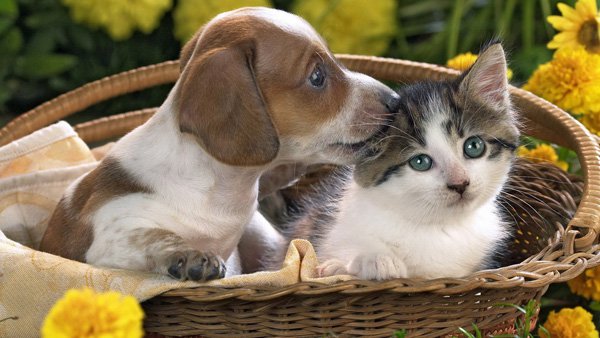 Weather Changes Are Effecting Pets
Weather Changes Are Effecting Pets
Although ke
Weather Changes Are Effecting Pets
Weather Changes Are Effecting Pets
Although ke
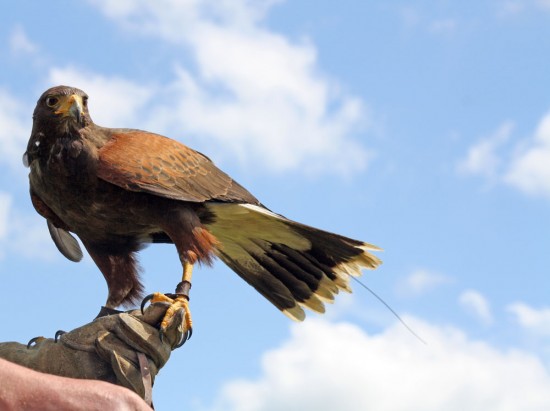 Keeping Birds Of Prey
Keeping Birds Of
Keeping Birds Of Prey
Keeping Birds Of
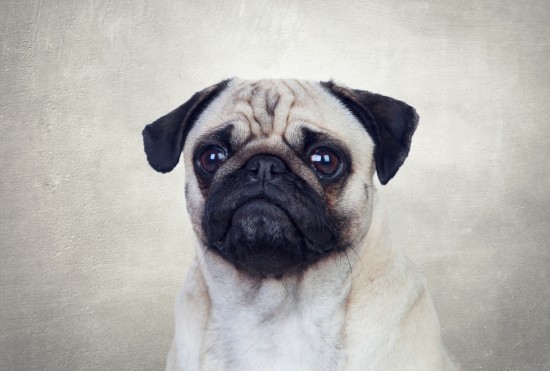 Male Dog Behaviour - Some Commonly Asked Questions
Male Dog Behaviou
Male Dog Behaviour - Some Commonly Asked Questions
Male Dog Behaviou